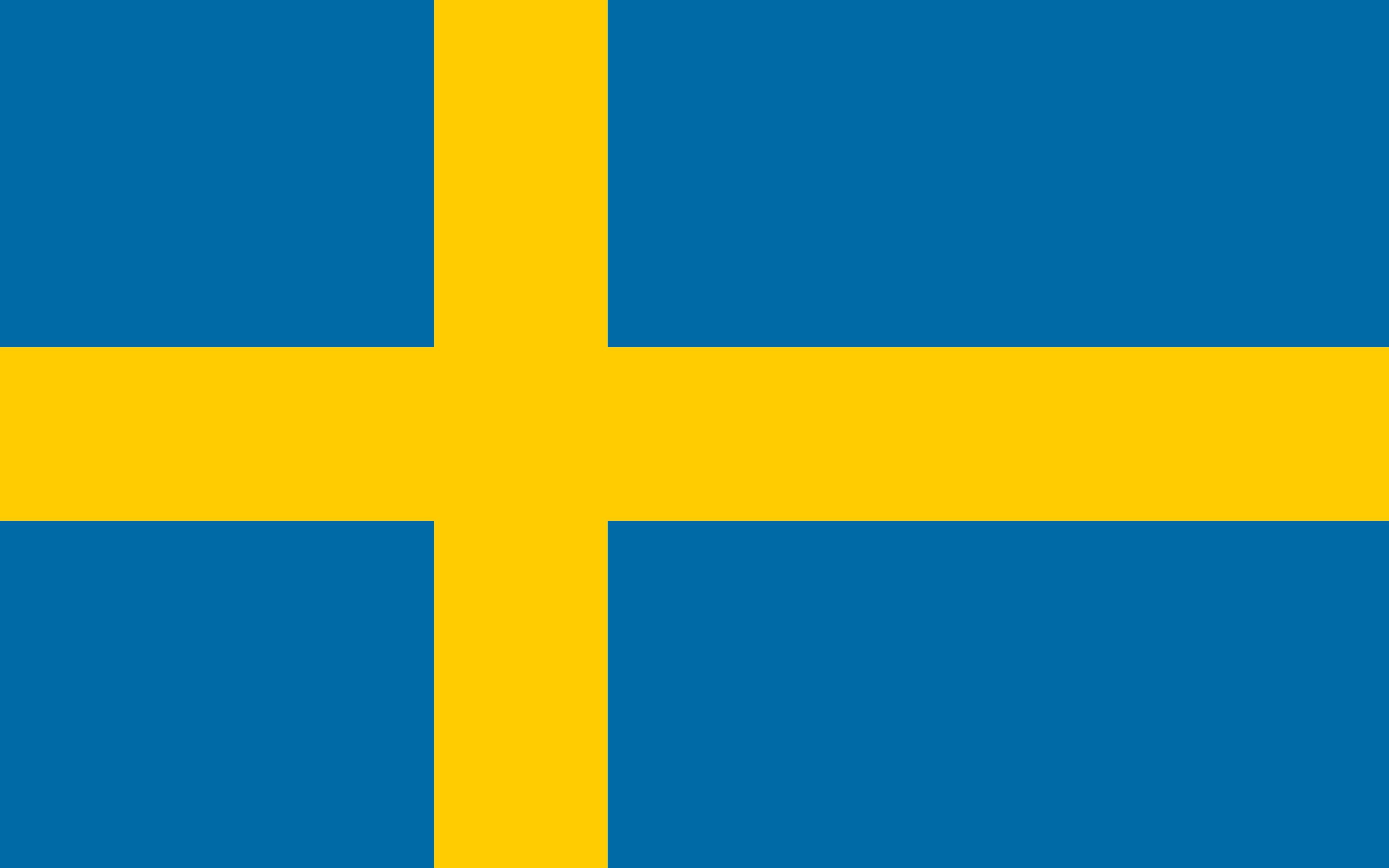Wine Guide
Isole e Olena
Considered one of the top ten small wine producers in the world Paolo de Marchi has something of
a reputation. Named Mr Sangiovese by the heavyweights of the Italian wine world, his little
vineyard is a masterclass in Chianti Classico. Rising year after year high above his
competitors, you de Marchi our words that Isole e Olena fine wines are well worth a look.
Italian red-tape vs Italian red wine
Paolo’s stellar reputation is all the more surprising as his background is not a Tuscan one.
Hailing from the Barolos of Piedmont, Paolo’s father saw Chianti’s potential in the 1950s. As
phylloxera caused many of his Tuscan contemporaries to turn to other industries, enterprising
Mr. de Marchi snapped up the two tiny hamlets of Isole and Olena for a song. Years of
experimentation followed: new to the region and relatively new to winemaking in general, Isole e
Olena took a few years before it found its feet. The Italian government’s decision to plant a
massive amount of white grapes didn’t help either, followed by the 1967 law decreeing that all
Chiantis were required to have some Trebbiano and Malvasia in their blend. However, this was
revoked in 2006, meaning white grapes were no longer allowed in a Chianti Classico blend. As
Paolo jokingly said, “it’s much easier to make red wines using red grapes”.
The birth of Isole e Olena as a super-Tuscan
This meant that de Marchi had to perfect his art throughout the 80s with Sangiovese grapes. His
first pure blend (released in 1980) was labelled as an IGT as Italian bureaucracy once again
intervened and would not permit Chianti wines to be labelled as DOC (the irony being that DOC
status was not allowed due to the inferiority of the wine, which was solely due to the addition
of the mandatory white grape). Twenty or so years of trial and error followed before he struck
gold. For a wine to be Tuscan, he would use only Tuscan grapes and thus his three flagship wines
Vin Santo, Chianti Classico and Cepparello are 100% Sangiovese (his De Marchi Collection all
feature blends of Syrah, Cabernet Sauvignon and Chardonnay).
Huge international appeal
Tuscan wines have dominated Italian fine wine trade since 2013 (5.1% growth in 2015 compared to
0.9% in 2010), and look continued to do so. With the dismissal of the 1967 law, we expect to see
many more super Tuscan producers on the market. Thankfully, there is no wine snobbery here:
Isole e Olena's 188,000 bottle production is exported to at least 26 countries meaning that whether you’re in Milan or Melbourne getting hold of a bottle should not be too hard.
